Molecular interaction studies

ChIP technique
Chromatin immunoprecipitation (ChIP) is a molecular biology technique used to study protein-DNA interactions. DNA that interacts with proteins is isolated from complexes using specific antibodies to known proteins, and is commonly used to determine the binding sites of specific transcription factors or other chromatin-binding proteins on the genome and how these proteins regulate gene expression.
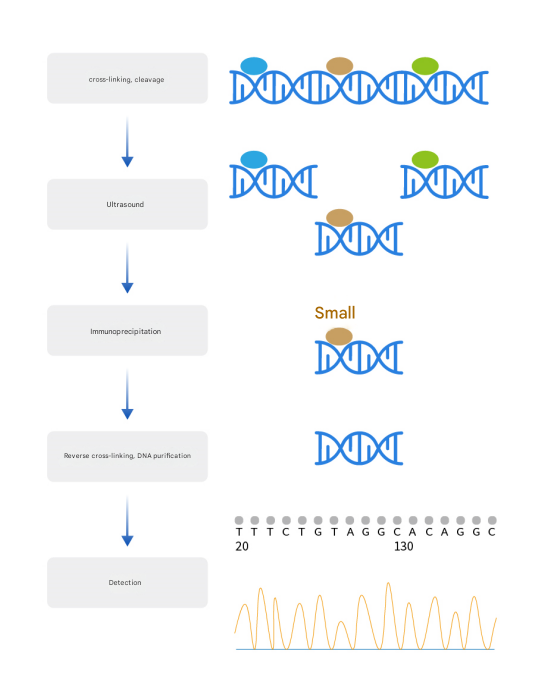
|
Catalog number |
Product name |
specification |
|
Chromatin immunoprecipitation (ChIP) kit |
22T |
Case Study:
Interleukin-34-orchestrated tumor-associated macrophage reprogramming is required for tumor immune escape driven by p53 inactivation
Immunity. 2024 Oct 8; 57(10):2344-2361.e7. doi: 10.1016/j.immuni.2024.08.015. Epub 2024 Sep 24. PMID: 39321806 IF=25.5

To determine whether p53 binds to the regulatory region of IL-34, chromatin immunoprecipitation (ChIP) was performed using p53 antibody, followed by high-throughput sequencing. Binding of p53 was observed at IL34 and CDKN1A (p21) sites (Figure K). ChIP-PCR and also revealed the binding of p53 to the IL34 promoter (Figure L).
DNA pull down
DNA pull-down is a molecular biology technique used to study the interaction between proteins and DNA. After labeling, the probe can bind to streptavidin conjugated to magnetic beads and then incubate with the total protein extract, and the interacting protein can be specifically bound to the DNA probe to form a magnetic bead-DNA probe-protein complex, wash and remove the non-specific binding protein, and then elution to obtain the target DNA probe-protein complex, and finally pass Western Blot or mass spectrometry (MS) Identification of protein types, which is commonly used to identify transcription factors, DNA repair proteins, or other DNA-binding proteins.
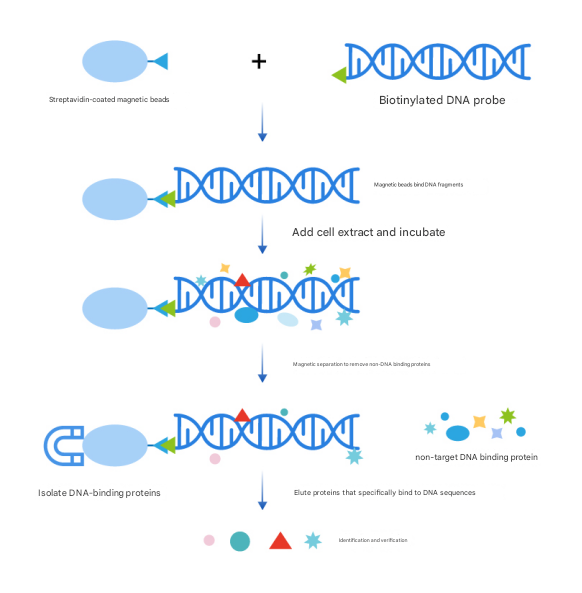
|
Catalog number |
Product name |
specification |
|
abs50074 |
DNA Pull Down Kit(Animal) |
6T |
|
abs50073 |
DNA Pull Down Kit(Plant and Bacteria) |
6T |
Case Study
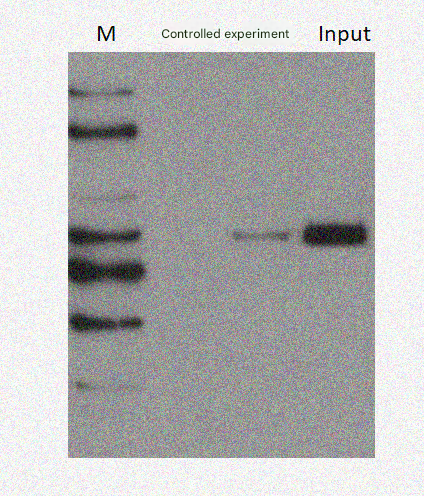
After DNA pulldown, WB showed that there were differential bands between the control and experimental groups
RIP technology
RIP technology (RNA binding protein lmmunoprecipitation) is a technology to study the binding of RNA and protein in cells, and is a powerful tool to understand the dynamic process of post-transcriptional regulatory networks. This technology mainly uses the specific antibody of the target protein to precipitate the corresponding RNA-protein complex, and then isolates and purifies the RNA bound to the complex for q-PCR verification or high-throughput sequencing analysis.
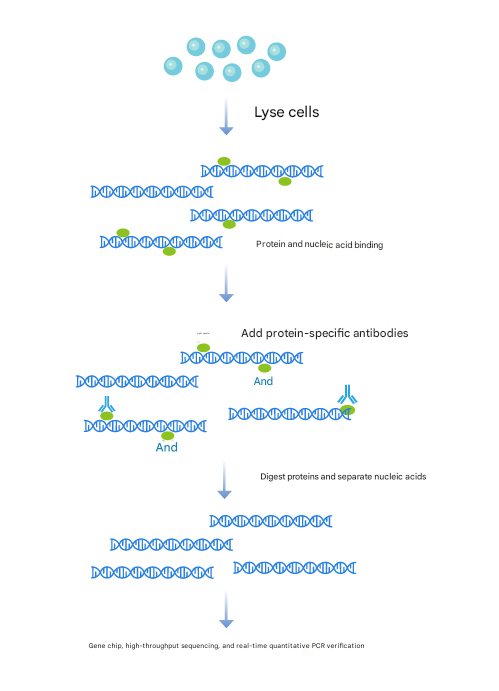
|
Catalog number |
Product name |
specification |
|
RNA Immunoprecipitation (RIP) kit |
6T/12T |
Case Study
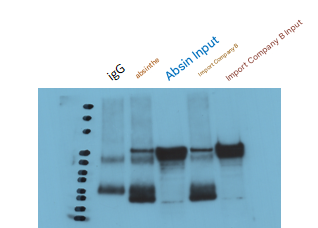
After RIP, the results showed that absin had the same effect as the imported product, and there were different bands with the IgG group
RNA pull down
RNA pull-down is a technique to study the binding of RNA to proteins. RNA is labeled (e.g., biotin labeled) and co-incubated with cell lysate to form RNA-protein complexes that can be detected for the protein that binds to it. After the complexes are eluted, Western blot (pull down-WB) experiments and mass spectrometry (pull down-MS) techniques are used to detect whether the target RNA interacts with certain proteins.

|
Catalog number |
Product name |
specification |
|
RNA Pull Down Kit |
6T |
Case Study
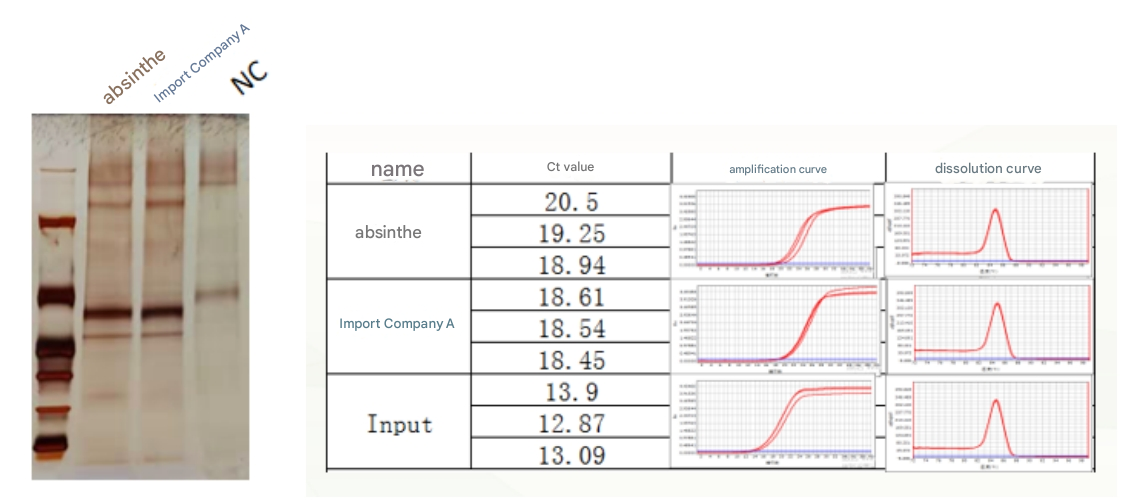
After pulldown, silver staining and enrichment effect were detected by qPCR
CoIP
Immunoprecipitation (IP/CoIP) is based on the specific affinity of antibodies and proteins, and by capturing antibodies that bind specifically to proteins or antigens, the target protein can be captured and enriched from complex samples, and the proteins or other biological macromolecules that interact with them can be measured.

|
Catalog number |
Product name |
specification |
|
Immuno(co)precipitation (IP/CoIP) kits |
50T |
|
|
Immuno(co)precipitation (IP/CoIP) kit (magnetic bead method) |
10T/50T |
Case Study
Targeted knockdown of PGAM5 in synovial macrophages efficiently alleviates osteoarthritis
Bone Res. 2024 Mar 4; 12(1):15. doi: 10.1038/s41413-024-00318-8. PMID: 38433252 IF=12.7

Co-immunoprecipitation of DVL2 and PGAM5 in M1 and M2 macrophages (abs955)
GST Pull Down
The GST pull-down experiment is based on GST (glutathione-S-transferase), that is, glutathione-S-transferase protein, which can bind to glutathione (GSH), immobilize GSH on magnetic beads to form GSH-magnetic beads, and fuse and express known protein X with GST, and the obtained GST-X protein can be bound to GSH-magnetic beads, and if there is protein Y interacting with X protein in the system, it will form " Magnetic bead-GSH-GST-X-Y" complex, proteins that interact with X protein can be isolated and detected.
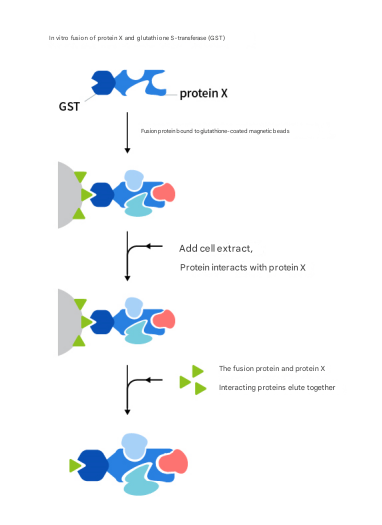
|
Catalog number |
Product name |
specification |
|
GST Pull Down Kit |
6T |
Absin provides antibodies, proteins, ELISA kits, cell culture, detection kits, and other research reagents. If you have any product needs, please contact us.
|
Absin Bioscience Inc. Email: worldwide@absin.cn |
 Follow us on Facebook: Absin Bio Follow us on Facebook: Absin Bio |




